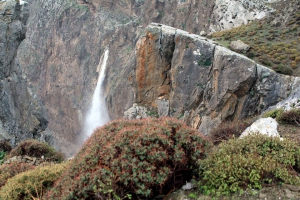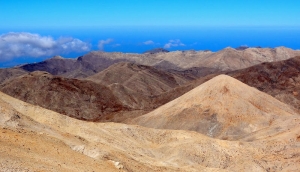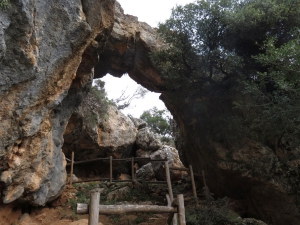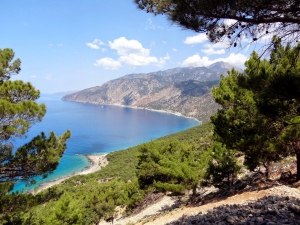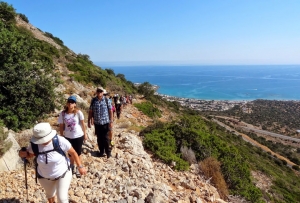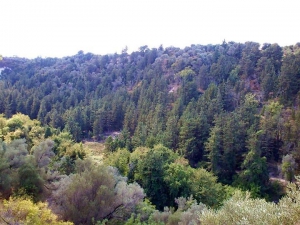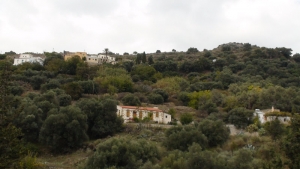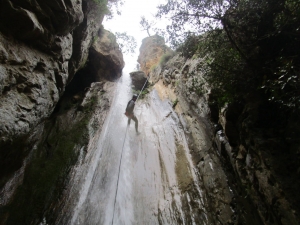The gorge of Ambas is located 53km south of Heraklion, in Asterousia Mountains. Starting from the small plateau formed near the village Paranymfi (710m altitude), it ends at the beach of Treis Ekklisies. This is a large (4km long) and beautiful canyon with many narrow passages, which is accessible only by experienced canyoners.
The easiest way for someone to conquer the highest peak of the White Mountains and the second in Crete, Pachnes at an altitude of 2453m, is to follow the dirt track of Madara that starts from Anopolis and enters the Mountain Desert of Sfakia crossing the eerie landscape at Ammoutsera and terminating at Mavra Gremna. The ascent from Mavra Gremna to the peak Pachnes lasts about 1:30.
Platania Gorge is located in the Amari valley, 38km southeast of Rethymno, on the western outskirts of Psiloritis. It is a unique trail, with impressive cliffs, vertical limestone rocks, rock roofs and caves. The trail is recommended for experienced mountaineers, although the first part of the trek is quite easy and well pathed, even for children who are physically fit.
The wider area of Agios Ioannis at Sfakia province hosts one of the most beautiful pine forests of Crete. The most famous trail in the area is the ancient stone paved path that connects Agios Ioannis with Agia Roumeli, after reaching the beach with the church of St. Paul at position Selouda.
During the First World War, Bulgarian war captives were brought to Crete to reconstruct the path connecting Stalis to Mohos. Thus, they built a wider path with an average width of 2m, which for its time was a project of enormous importance. Of course, after the main road was built in the 20th century, the use of the trail virtually disappeared and now attracts only hikers.
Margarites is a village, well known for its marvelous architecture and the traditional pottery. However, in the wider area of the villages of Margarites, Orthe and Eleftherna appear a series of small, parallel gorges. Small streams such as Margaritianos flow towards the north and are tributaries of the Geropotamos River. The gorges are developed in white-yellow marly limestone of the Upper Miocene period (8-10 million years ago) as a result of the uplift of the whole area and the erosion by water.
The route starts from Kissamos and is the first part of the European E4 trail in Crete. After crossing the villages Kato Palekastro, Korfiano and Grigoriana, we arrive at the ancient city of Polirinia and from there we cross the lush green villages Galouva, Lusakies Zahariana and, finally, Sfinari with the beautiful beach.





